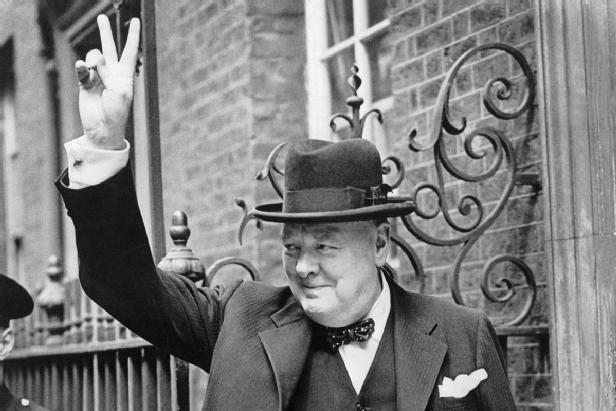
Victory sign
The bloody origins of this worldwide known sign go back to the Hundred Years War 1337 - 1453. In the battles of England for the French throne, archers were their best and most successful human weapon. They contributed significantly to the victory of the initial battle at Crécy (F), but also at the Battle of Azincourt, (F) one of the greatest military victories of the English over the French, would not have been feasible without them. As a desperate reaction, the French cut off the middle and index fingers of English archers in captivity. The English countered by extending their intact fingers to the enemy at the start of battle. They thus expressed their confidence in victory. The Victory sign gained international significance and recognition in its positive meaning through the British Prime Minister Winston Churchill: During the Second World War, he used the gesture in public appearances as an expression of his assurance of victory against the German Third Reich.
Consider the ambiguity of the sign.
Generally known as a victory sign and an expression of hope and peace, the meaning of the Victory sign can also turn into the opposite and thus become an insult. Abroad - especially in Great Britain - the Victory sign with the outside of the hand facing the viewer is synonymous with the German stinky finger. In East Asian countries, however, the finger combination is a popular gesture in photos and is meant to emphasize and support a smile. So in Japan and Korea it rather means joy and happiness.
The Life of Winston Churchill